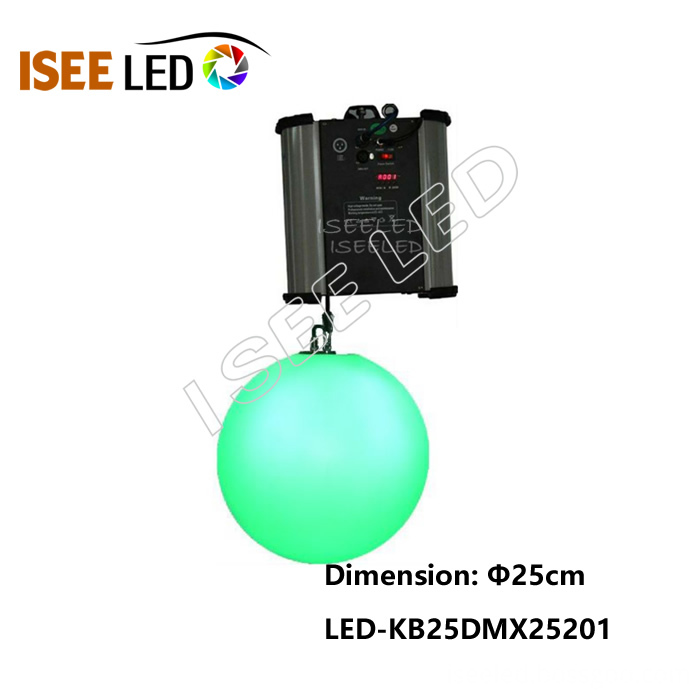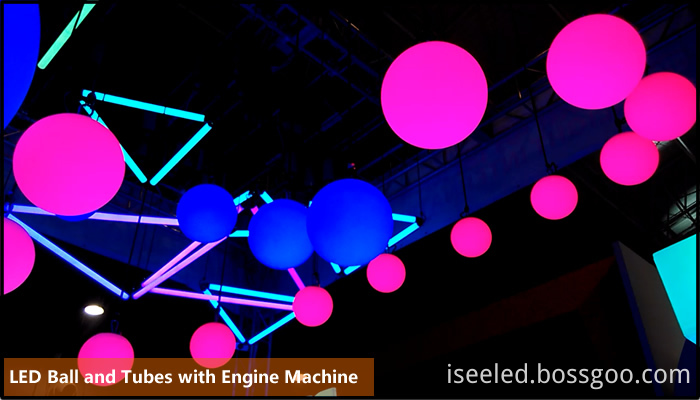1. Physical and Chemical Properties True L-lysine is a white or light brown powder or small particles, typically used in feed and animal husbandry industries. It has no distinct taste or may have a slight odor. Fake lysine, on the other hand, often has an unusual smell, sometimes even a strong fragrance, making it easily distinguishable through sensory tests. 2. Quality Indicators According to the Chinese standard NY39-1987, the quality of feed-grade L-lysine hydrochloride must meet specific criteria. These include: 3. Main Detection Indicators and Testing Methods Sensory Testing: Genuine lysine should appear as white or light brown particles or powder, with no noticeable taste or only a slight odor. When placed in the mouth, it should not cause any sticky or uncomfortable sensation. Fake products, however, often have an odd smell, impurities, or even a strong aroma. Simple Testing Methods: Due to the prevalence of counterfeit lysine in the market, such as starch, chalk, or gypsum, it's important to identify real from fake without advanced equipment. Here are some quick methods: Solubility Test: Dissolve 1g of the sample in 50ml of distilled water. Pure lysine will dissolve completely, leaving a clear solution. If the solution is cloudy, has sediment, or becomes thick when heated, it’s likely fake or adulterated. Burning Test: Burn 1g of the sample in a porcelain crucible. Real lysine emits a smell similar to burnt feathers, while fakes may have a lighter or different odor. After burning, true lysine should leave minimal residue (less than 0.3%), while fake products tend to leave more visible ash. 4. Key Points and Precautions Qualitative Identification of L-lysine Hydrochloride: Add silver nitrate solution to a water solution of the sample. A white precipitate that is insoluble in dilute nitric acid but dissolves in ammonia indicates the presence of lysine hydrochloride. Preparation of Reagents:
- 1:9 Nitric Acid Solution: Mix 1 part concentrated nitric acid with 9 parts distilled water.
- 1:2 Ammonia Water: Mix 1 part concentrated ammonia with 2 parts distilled water. Identification Procedure: Dissolve 1g of the sample in water, add 0.1M nitric acid to form a white precipitate. The precipitate should not dissolve in 1:9 nitric acid but will dissolve in excess 1:2 ammonia water. Nitrogen Content Analysis: Since lysine contains nitrogen, its authenticity can be determined by measuring the nitrogen content. This method involves digesting the sample, distilling, and titrating with hydrochloric acid to calculate the nitrogen percentage. The formula used is:
N(%) = 100 × (V - V₀) × C × 0.014 × V₠/ (W × V₂)
Where N is the nitrogen content, V is the volume of HCl consumed, Vâ‚€ is the blank value, C is the concentration of HCl, and W is the weight of the sample. Lysine has a theoretical nitrogen content of 15.3%. By comparing the measured nitrogen content to this value, you can estimate the lysine content. If the measured value is significantly lower, it may indicate adulteration. However, this method doesn't work for samples containing non-protein nitrogen like urea or ammonium compounds, which can be identified through their strong odors or bitter taste.
Kinetic led ball is the modern led lights, very popular in the high-end led lighting market, which consist of sports and lightings, the ball can move up and downs by kinetic engine machine which control by dmx 512 together with the led lamps. The kinetic ledball achieve the kinetic sculpture and led light color changing,enrich people's visual sense in sports and colors.
Photo show of Kinetic LED Ball:
Kinetic Led Ball,Dmx Led Lift Ball,Kinetic Sculpture Led Ball,Kinetic Balls Shenzhen Iseeled Technology Co., Ltd. , https://www.iseeledlight.com


Method for detecting feed additive lysine
